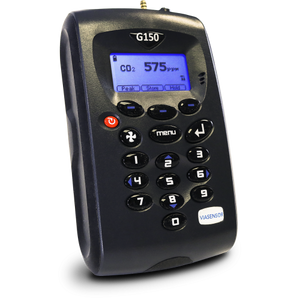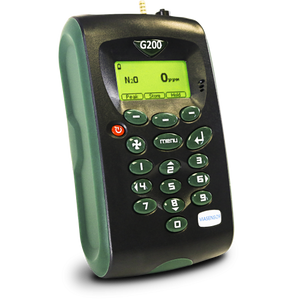News
Bump Tests: Confusing Name, Vital Function

The term "Bump Test" may seem like a misnomer when it comes to checking handheld gas analyzers, seeing as ideally the device won't be jarred at all, but the process still serves an absolutely vital function.
The phrase actually comes from the days when canaries were the most sophisticated gas detection systems out there. Miners would literally bump the small birds to make sure they were still alive since the canaries' only function was to die when gas levels in mines became unsafe. Morbidly, the workers would bump them in the mornings to make sure they were still "good."
Even though we've thankfully moved well past sacrificing animals as gas detectors, performing "Bump Tests" on modern gas detection equipment remains a crucial step in the process. The name stuck because the idea behind it remains the exact same: Ensure your equipment is reliable before using it.
This is done simply be performing a quick, controlled simulation with the purpose of triggering a positive reading or even an alarm with the device you intend to use. Knowing the device will be triggered at the level it should be will give you confidence in the reading when it goes off during practical use.
It is smart to perform a bump test every time you use a gas detector because even though they are made to survive austere environments, those environments will still wear on the unit over time. In addition, detectors are often dropped, exposed to extreme temperatures, humidity, moisture, dust, and mud. Any of these can influence a gas detector’s performance. Dropping a monitor can also dislodge sensors. Moisture and dust can clog filters. Mud can block a sensor from detecting gas. All of these are common in a day's work, so manufacturers recommend bump testing gas detectors before each use.*
In the case of the Sensit Technologies LZ-30 Portable Methane Leak Detector, the necessary reservoir and triggering cell is built directly into the case, making things far more convenient. Not all companies make it that easy, however.
For toxic and combustible sensors, the typical output in clean air is zero, whether reading in parts per million (PPM), percent of lower explosive limit (LEL), or percent by volume. One main exception to this is an oxygen sensor, which should read around 20.9% volume in ambient air. So bump testing a standard four-gas instrument will drive the gas readings up on your toxic and combustible sensors, while driving the reading for the oxygen sensor down. The problem is that toxic and combustible sensors will generally read zero in an ambient environment whether they are functioning or not. Therefore, the only way to know if the sensors will respond to gas is by exposing them to gas in a bump test.*
In cases like that, where you have to produce your own bump test, you will need a reliably controlled gas release both strong enough to trigger your unit and pre measured to ensure the device is reading correctly for the bump test.
However you are able to reliably perform the test, doing one is of paramount importance for both the accuracy of your readings and the overall safety of all involved.


